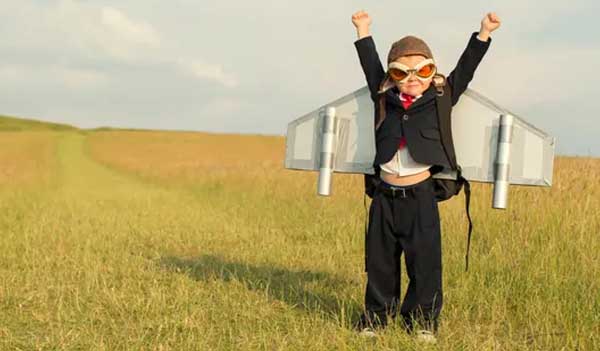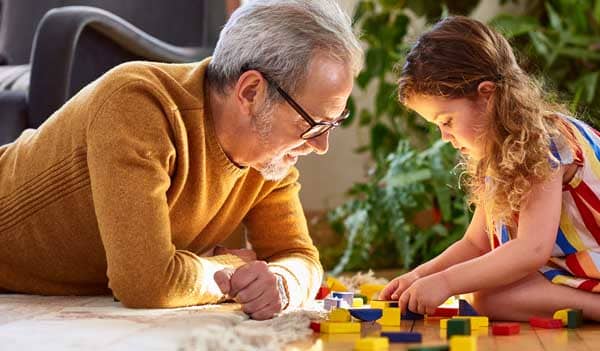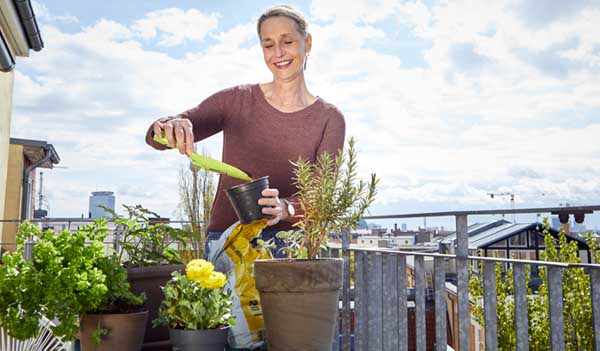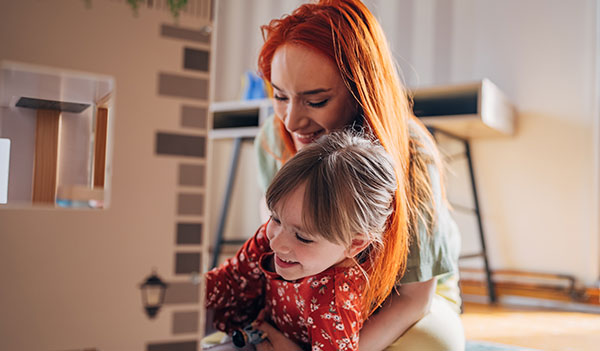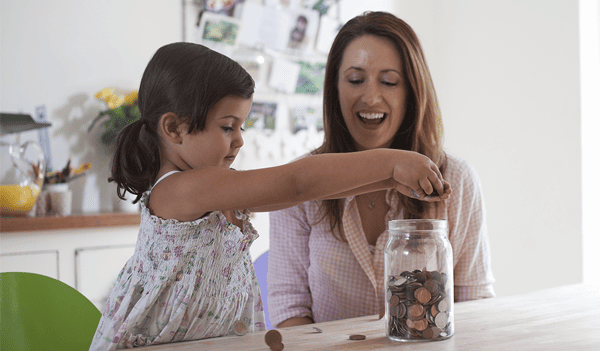Guides
Learn more about saving, how mortgages work and avoiding scams.

Mortgage guides
Whether you’re a complete beginner, or you need a quick refresher – find all you need to take a step closer to your dream home.
Savings guides
Learn more about looking after your finances. Find out how common savings accounts work, how to plan for the future and tips on saving money.

